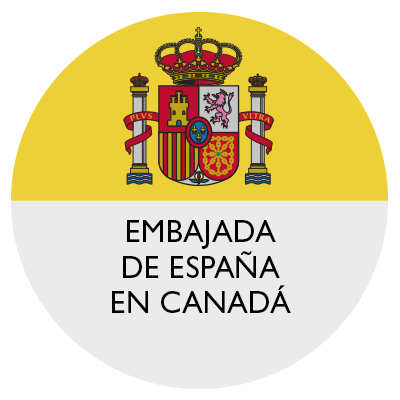Shot while trying to escape
Creator: Gómez, Helios (1905-1956)
Source:
Biblioteca Nacional de España
Date Created: 1935
Extent: 1 item
50.84656, 4.3517
The “ley de fugas” – law of escapees – consists of letting a prisoner escape and then shoot them in the back. It was used in Spain from the mid 19th to the mid 20th centuries. In spite of its name, it was never part of Spanish criminal law, but rather an unwritten norm used to commit extrajudicial executions and violate the law of habeas corpus.
The law of escapees became especially important after 1870 in the context of the increase in banditry. Between the end of the 19th century and that start of the Civil War, it was used against growing working class mobilization. This 1935 print by the anarchist artist Helios Gómez is a powerful representation of the practice. But its was between 1936 and 1952, and especially in the context of the irregular war, that this method of execution would achieve an unprecedented importance. Civil Guards would frequently use the same wording in their reports: those arrested “ran away quickly”, a grammatical construction that covered up the murder of guerrilla fighters and civilians.
Some Civil Guard officers became true specialists in applying the law of escapees. To give on example, on 6 December 1940, Civil Guards in Caceres arrested four partisans and then hunted down and arrested twenty-six peasants from Zorita, Logrosán and Cañamero whose only crime was that there were guerrillas in the area and they were on bail. All thirty were executed without having been convicted by a military court. All it took was a direct order from the regional commander.
General Camilo Alonso Vega normalized the use of the law of escapees after becoming Director General of the Civil Guard in 1943. That year, he called a meeting of those in charge of the anti-partisan war and told them that the government would do whatever it took to eliminate the guerrilla. And the message that government forces could kill at will was repeated at a number of meetings in the years that followed. For example, on 24 December 1946, the Caudillo reminded Alonso Vega that the Civil Guard could “shoot first and ask questions later”.
AFP







